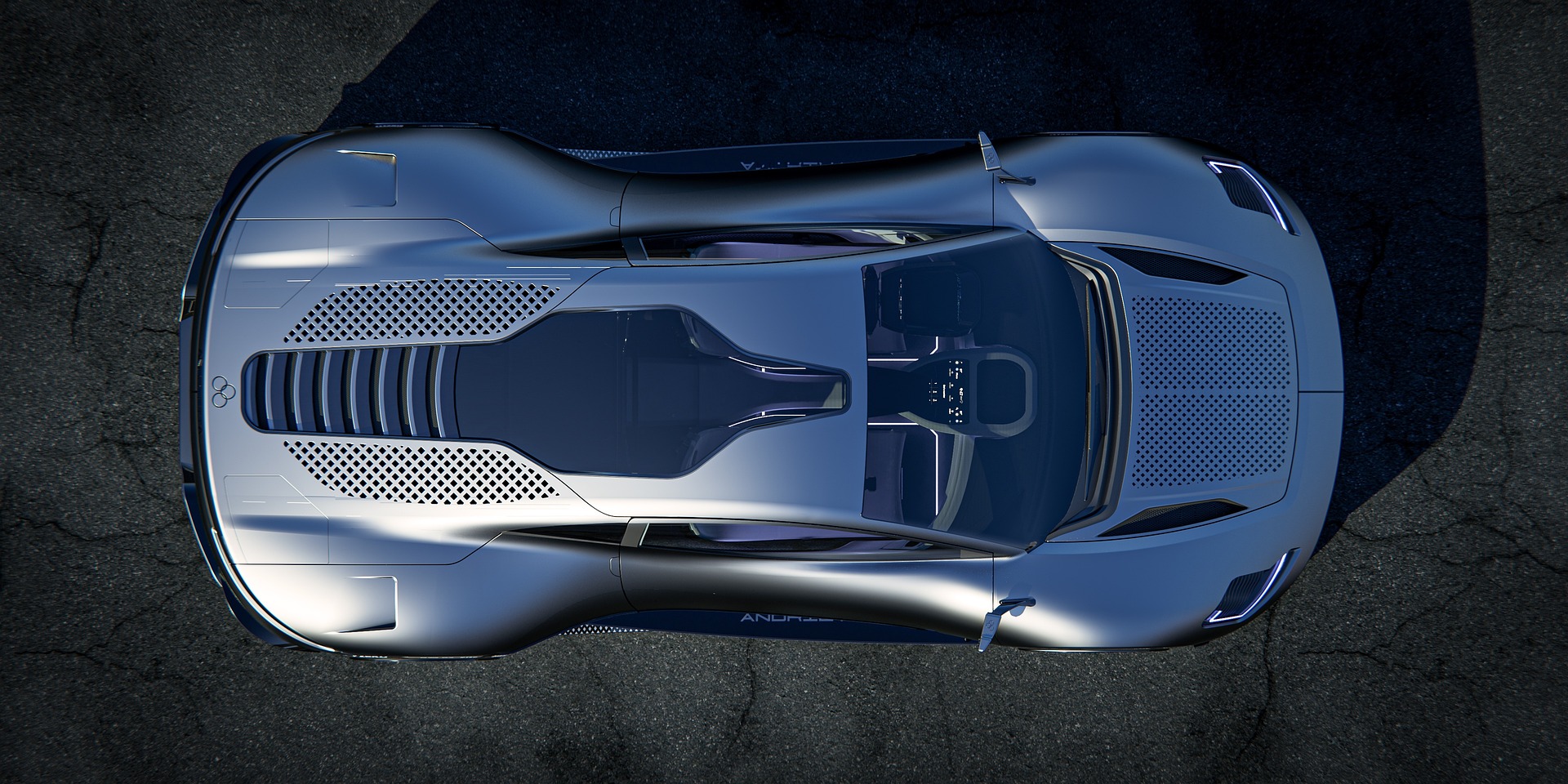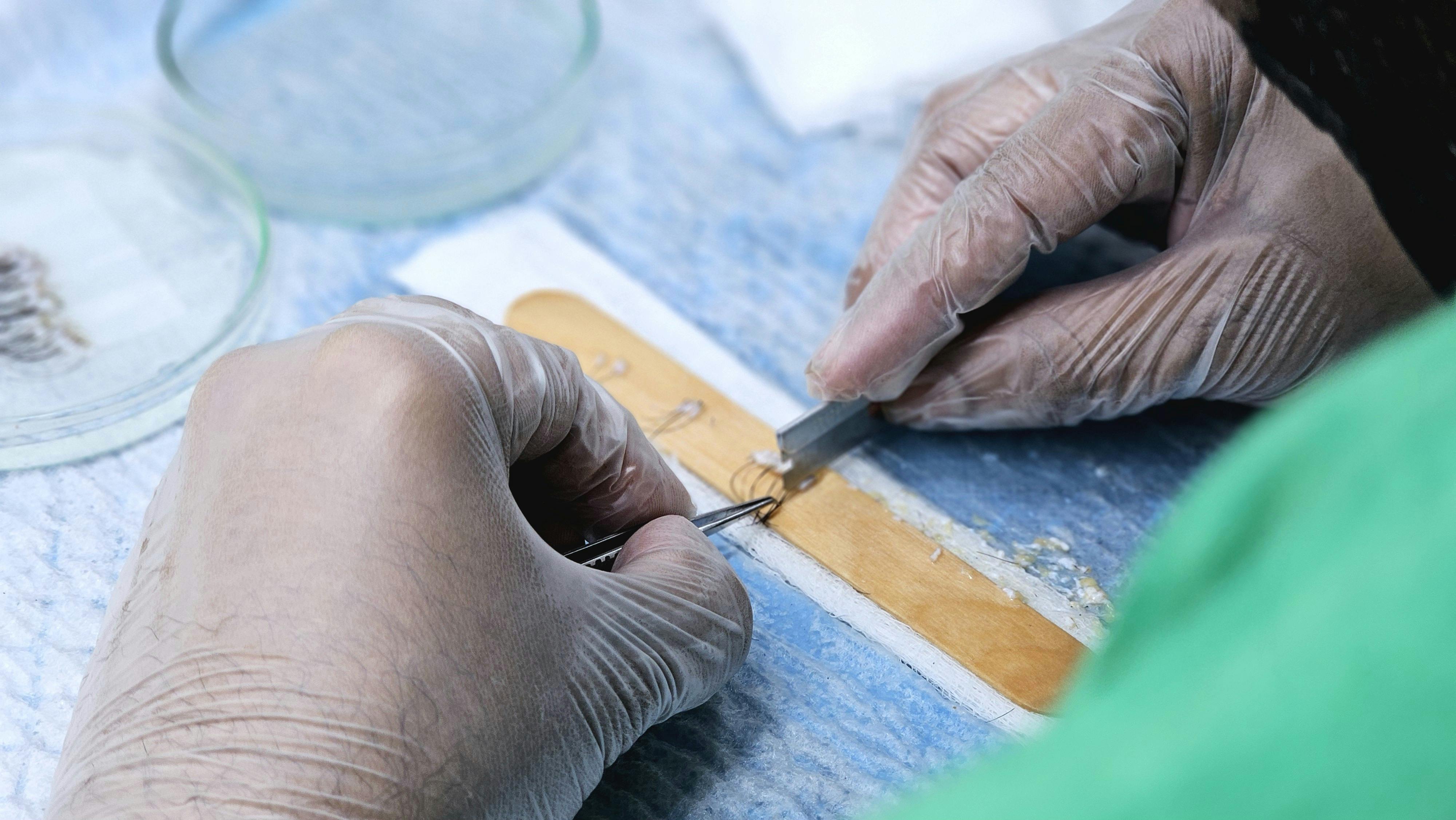Shifting Gears: The Intriguing World of Sequential Transmissions
The history of automotive transmissions is a fascinating journey that tells a story of innovation, refinement, and the quest for performance. The sequential transmission, a staple in professional racing, represents a unique chapter in this saga. Unlike conventional manual transmissions, which allow drivers to skip gears, sequential gearboxes necessitate shifting through each gear in a set, sequential order. This technology traces back to the early 20th century when automotive pioneers sought to optimize control and gear-shifting efficiency.

The Technology Behind Sequential Transmissions
Sequential transmissions work on a simple premise: each gear is engaged in a specific order, with no option to skip gears. This contrasts with the H-pattern layout of traditional manual transmissions, which allows drivers to switch from, say, first to third gear directly. The sequential system utilizes a set of selector rods and forks that slide gears into and out of engagement with the mainshaft. This linear design is what gives the sequential transmission its signature one-directional shift pattern.
A Current Snapshot: Sequential Transmissions in Today’s Automotive Landscape
Fast forward to today, and sequential transmissions have carved out a niche in the realm of high-performance automobiles and professional racing. Their presence in street-legal cars is less common, primarily due to their complex operation and higher cost. However, the technology has found its way into some performance-oriented models, demonstrating the ongoing demand for enhanced driving dynamics.
The Impact and Challenges of Sequential Transmissions
The impact of sequential transmissions on the automotive world is profound, particularly in racing, where split-second gear changes can make the difference between victory and defeat. The benefits of this technology include faster gear changes, reduced chance of mis-shifting, and the ability to keep both hands on the wheel during gear changes. However, these benefits come with challenges, such as the inability to skip gears, which can be inconvenient in everyday driving scenarios. Additionally, the cost and complexity of these systems can be prohibitive for many drivers.
The Future of Sequential Transmissions
As the automotive world continues to evolve, so too will the role of sequential transmissions. While they may never become mainstream due to their unique properties and higher costs, their presence in racing and performance cars is likely to persist. As technology continues to advance, it’s possible we may see more affordable and user-friendly sequential systems in the future.
In the end, the story of sequential transmissions is a testament to the automotive industry’s relentless pursuit of performance and control. They may not be for everyone, but for those with a need for speed and a passion for precision, the sequential gearbox continues to shift the landscape of automotive technology in exciting ways.






